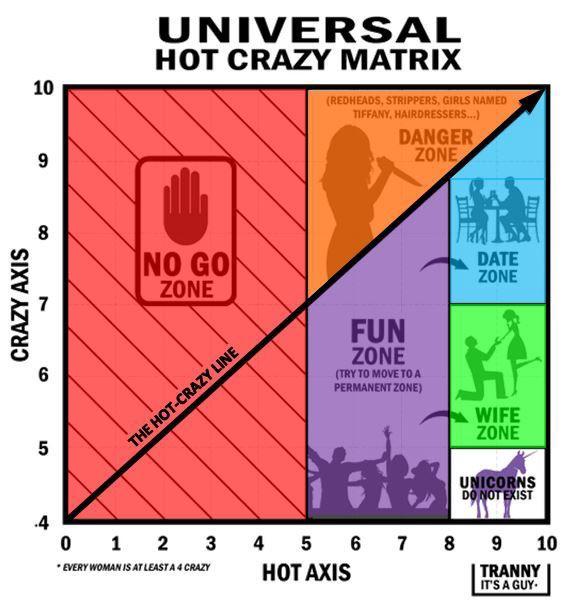
Many people are in disappointing relationships. About half of all relationships end in divorce. But I have a solution. A proof that increase your odds of finding a successful significant other.
The intuition:
Before getting into the proof, it's a good idea to understand what I'm communicating. Let's have n equal to the expected number of partner you will date in your lifetime. Now the underlying assumption is once your reject someone, you can't go back to them. We want to date some number of people, reject then at some point [which we'll call K], then pick the best person after the Kth person. But, we don't want K to be too large, since that'll mean we don't have much options left. But a small K means we don't meet many people, so the ideal partner may be out there. The goal is to find the ideal K, reject everyone before and the Kth person, then begin our search.
The Proof:
P(ideal being in position n)=1/n
P(K)=ΣP(being in position n)*P(being selected given position n)
Now you should notice something. Since we reject the Kth person and everyone before it, all the terms Kth and before is 0 since we won't choose it.
Now let us consider the K+1 person. We will definitely come across this person since it's the first person we consider. The people before K+1 are not considered. So now, what is the probability of considering K+2? Well the probability of not considering K+2 is 1/(K+1). So the probability of considering it is K/K+1. And you continue doing that for all the remaining people until you've reached the nth person.
So now we have (1/n)*1+(1/n)*(K/(K+1))+(1/n)*(K/(K+2))+....
Now we can factor out K/N to get:
(K/N)((1/K)+(1/(K+1))+(1/(K+2))+...)
Now that inside part is an approximation for f(x)=1/x. So what you do now is you take the intergral of 1/x from K to N and you get ln(N)-ln(K) which is equal to ln(N/K).
So now P(K)≈(K/N)ln(N/K). Now let X equal K/N.
P(K)≈Xln(1/X)
P(K)≈-Xln(X)
Now we want to find the maxima of this function. To do that, take the derivative of -Xln(X). You get out -ln(X)-1=0. Now using basic algerbra, you could show ln(x)=-1. Therefore x=1/e≈37%
So to conclude, in order to maximize your odds of finding an ideal partner, find the estimated amount of people you will meet in your life, calculate what 37% of it is, reject the first 37% of people, then choose the next best one you meet.
 Holidays
Holidays  Girl's Behavior
Girl's Behavior  Guy's Behavior
Guy's Behavior  Flirting
Flirting  Dating
Dating  Relationships
Relationships  Fashion & Beauty
Fashion & Beauty  Health & Fitness
Health & Fitness  Marriage & Weddings
Marriage & Weddings  Shopping & Gifts
Shopping & Gifts  Technology & Internet
Technology & Internet  Break Up & Divorce
Break Up & Divorce  Education & Career
Education & Career  Entertainment & Arts
Entertainment & Arts  Family & Friends
Family & Friends  Food & Beverage
Food & Beverage  Hobbies & Leisure
Hobbies & Leisure  Other
Other  Religion & Spirituality
Religion & Spirituality  Society & Politics
Society & Politics  Sports
Sports  Travel
Travel  Trending & News
Trending & News 
Most Helpful Opinions